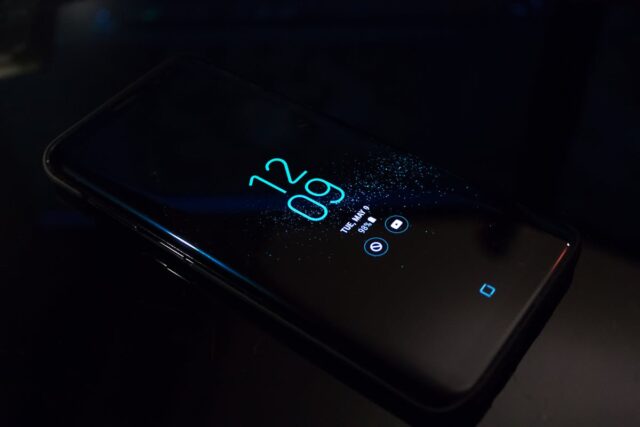In today’s rapidly evolving tech world, the concept of the amorphous mobile phone is making waves. With their flexible and durable smartphone features, amorphous devices offer groundbreaking potential. But what exactly are these phones, and why are they touted as the future of mobile technology? Let’s dive in.
What Is an Amorphous Mobile Phone?
Defining Amorphous Materials in Smartphone Design
Amorphous materials are non-crystalline solids that lack a long-range order in their atomic structure. Unlike traditional crystalline materials, they offer unique properties such as flexibility, durability, and lightweight characteristics. These attributes make them ideal for use in mobile phones.
How Amorphous Technology Transforms Mobile Phones
By incorporating amorphous materials, manufacturers can create phones that are not only sleek but also resistant to wear and tear. The use of these materials leads to enhanced energy efficiency and battery life, making them a game-changer in the industry.
Benefits of Amorphous Phone Design
Flexible and Durable Smartphone Features
One of the most striking benefits of amorphous materials is their flexibility. Imagine a phone that can bend without breaking. This flexibility also contributes to durability, ensuring your phone withstands accidental drops and impacts.
Lightweight and Sustainable Materials
Amorphous mobile phones are incredibly lightweight, making them easier to carry and handle. Furthermore, these materials are often sustainable, reducing the environmental impact of smartphone production.
Enhanced Performance with Next-Gen Materials
Using next-gen smartphone materials improves overall performance. These materials optimize energy consumption, resulting in longer battery life. Additionally, they enable better heat dissipation, preventing devices from overheating.
Key Features of Amorphous Mobile Phones
Seamless Design and Durability
The sleek and seamless design of amorphous phones is visually appealing. Beyond aesthetics, their durability ensures a longer lifespan, making them a cost-effective choice.
Advanced Display Technology
Amorphous materials enhance display technology. They allow for ultra-thin screens with superior resolution and touch sensitivity. This improvement provides a richer user experience.
Energy Efficiency and Battery Life
Thanks to their efficient energy use, amorphous phones can last longer on a single charge. This feature is particularly valuable for users who are always on the go.
How Amorphous Smartphones Are Revolutionizing Technology
Applications Beyond Mobile Phones
The potential of amorphous materials isn’t limited to mobile phones. They are also being explored for use in wearables, smart home devices, and medical equipment. Their versatility opens doors to endless possibilities.
Future Trends in Smartphone Materials
The adoption of amorphous materials signals a shift towards sustainability. Manufacturers are prioritizing eco-friendly materials to meet consumer demands and environmental goals.
Why Amorphous Materials Are the Future of Smartphones
Boosting Performance and User Experience
By integrating next-gen materials, amorphous phones provide unmatched performance. Users can enjoy faster processing, enhanced graphics, and smoother multitasking.
Reducing Environmental Impact with Innovative Design
Amorphous materials are recyclable and less resource-intensive to produce. This makes them a greener alternative, helping to minimize the ecological footprint of the smartphone industry.
Comparison Table: Traditional vs. Amorphous Mobile Phones
| Feature | Traditional Mobile Phones | Amorphous Mobile Phones |
| Durability | Moderate | High |
| Flexibility | None | High |
| Weight | Relatively heavy | Lightweight |
| Energy Efficiency | Standard | Superior |
| Environmental Impact | High | Low |
Final Thoughts on the Amorphous Mobile Revolution
The rise of the amorphous mobile phone represents a significant leap forward in smartphone technology. With their durability, flexibility, and sustainability, these phones are poised to redefine the industry. As the adoption of amorphous materials continues, the possibilities for innovation are endless.
Frequently Asked Questions
1. What makes amorphous mobile phones different from traditional smartphones?
Amorphous mobile phones use non-crystalline materials, offering superior flexibility, durability, and energy efficiency compared to traditional devices.
2. Are amorphous mobile phones more expensive?
Initially, they might be pricier due to advanced materials, but their durability and energy efficiency make them cost-effective in the long run.
3. Can amorphous materials be recycled?
Yes, amorphous materials are often recyclable, reducing their environmental impact.
4. When will amorphous mobile phones become mainstream?
The adoption of amorphous technology is growing, and we can expect mainstream availability in the next few years as production scales up.























